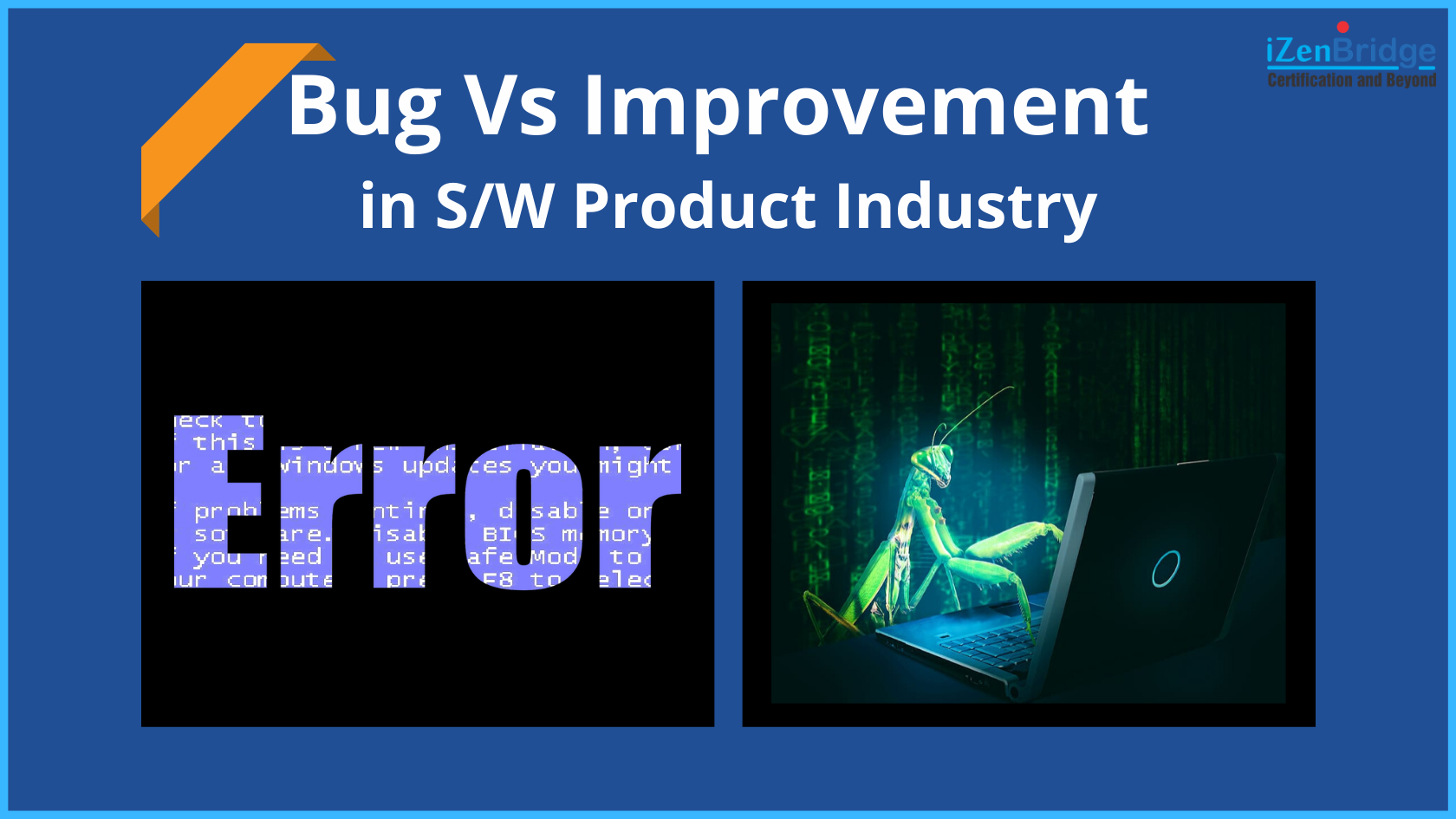

It is a well-known fact that customer positioning is an essential stand in every industry. Customer is the most critical stakeholder who set the context on Asks or Requirements. What exactly is needed, what are all requirements, what has to be achieved, and so on?
Sometimes, in the software industry, it is quite clear that what we have to develop and how the end product should be, but it is not like that easy in the product industry.
Any product is created as per available roadmap considering its immediate market acceptability, competitive analysis, business strategy, future growth, and ROI. Hence product requirements gathering, analysis and decision, and what should be the MVP (Minimal Viable Product) is not such an easy task. Therefore, the role of the Product Owner becomes very crucial in this condition. Product Owner is the face of the customer in such a scenario who gives requirements to the scrum team for development, testing, and release. And this cycle continues “ For a long”.
Whenever any product is released and made available for market consumption, the customer starts using it as per their choice and raises bugs in case of any requirement doesn’t fit into their objective and business workflow. The customer treats such product gaps as bugs (can be any type of functional, technical, and performance). When these bugs are analyzed at the production site, the Product Management team decides the nature of bugs, the root cause analysis, and their corrective actions to fulfill actual customer need.
Ideally, they generalize bugs as anything which is developed but not working as intended, and in some cases, they treat these as Improvements. The definition of Improvement is that something has to be built upon any existing feature or functionality. The thin line difference between these two terms can be based on a Minimal Viable Product strategy. It means that something was developed as per the MVP concept, but according to a customer, it is half cooked and semi-developed functionality, and due to this, they treated these as Product gaps. The whole story of differences starts from here only.
Once a product is released, it is available for consumption to all customers. A product can be best suitable for customer A or can be mixed suitably for customer B or not feasible for customer C. In the same line, any product gaps can be a high priority bug for customer A, same product gap can be an Improvement (additional ask) for customer B, and that product gap can be a wish list for customer C. Considering overall situation, the role of product owner (Product Management team) become so crucial, tactical and strategic. However, they have to deal with these situations for the best possible solutions. So how they tackle these tricky, tensed and critical situations. They identify, analyzed these product gaps, and suggest the solution so that their business can be workable. End of the day, their business impact and the need for end-users should be fulfilled otherwise, any product cannot meet the intended goals and the whole objectives.
No Trainings found